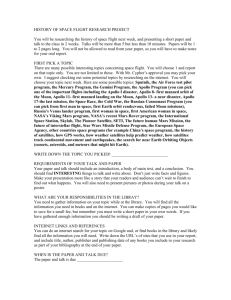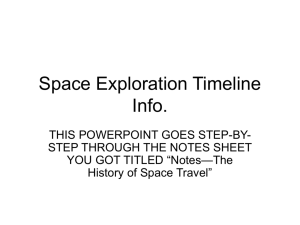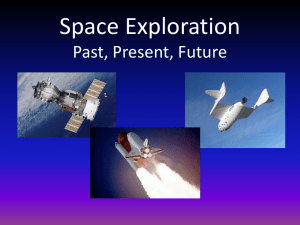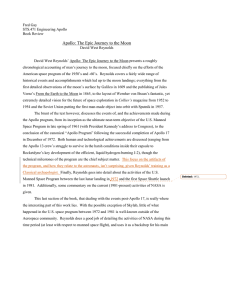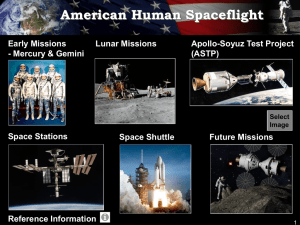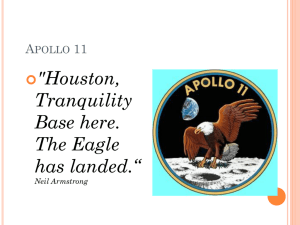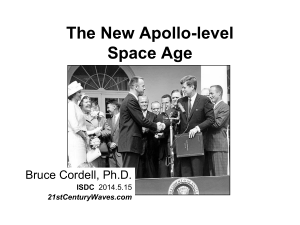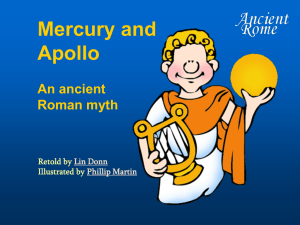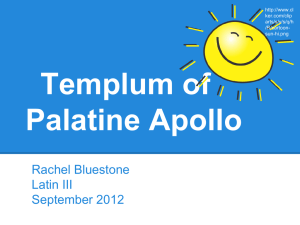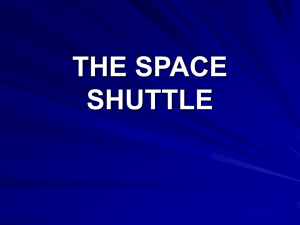Space Exploration Timeline
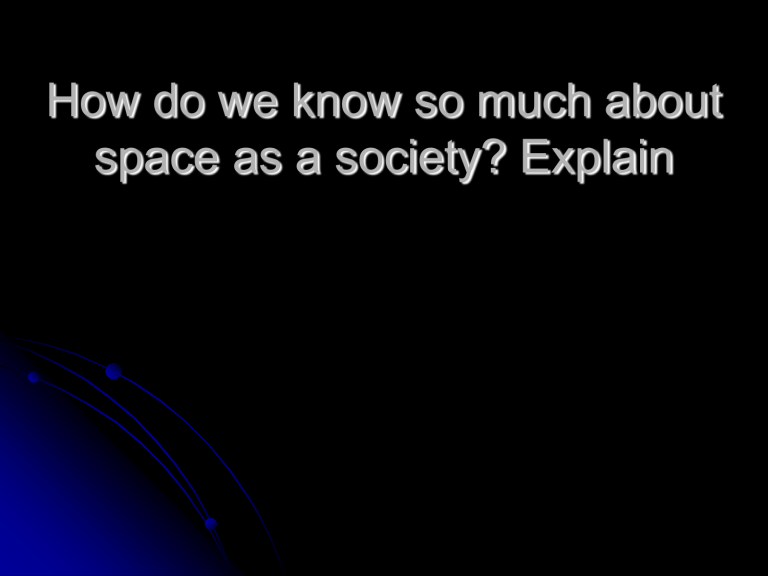
How do we know so much about space as a society? Explain
Space Exploration
1960 to Present
President John F. Kennedy
May 25, 1961
On May 25, 1961, President John F. Kennedy announced before a special joint session of Congress the dramatic and ambitious goal of sending an American safely to the Moon before the end of the decade.
http://history.nasa.gov/moondec.html
Project Mercury
Project Mercury was the first human spaceflight program of the United
States . It ran from 1959 through 1963 with the goal of putting a human in orbit around the Earth. The Mercury-Atlas 6 flight on February 20, 1962, was the first American flight to achieve this goal.
[1]
John Glenn during the first orbital manned Mercury flight in 1962
Piloted Mercury launches
Gemini Program
Project Gemini was the second human spaceflight program of
NASA , the civilian space agency of the United States government.
Project Gemini was conducted between Projects Mercury and
Apollo , with ten manned flights occurring in 1965 and 1966.
Its objective was to develop techniques for advanced space travel, notably those necessary for Apollo, whose objective was to land humans on the
Moon . Gemini missions included missions long enough for a trip to the
Moon and back
All Gemini Launches from GT-1 through GT-12.
The Apollo Program (1963 - 1972)
The Apollo program was designed to land humans on the Moon and bring them safely back to Earth. Six of the missions
(Apollos 11, 12, 14, 15, 16, and 17) achieved this goal.
Apollo 16 LM on the lunar surface
Buzz Aldrin during Apollo 11's first Moon landing mission in 1969
First Lunar Landing
The United States 's Apollo 11 was the first manned mission to land on the Moon on
20 July 1969.
[4] There have been six manned landings (between 1969 and
1972) and numerous unmanned landings.
Skylab
Skylab was the United States' first space station , and the second visited by a human crew after the Soviet
Salyut 1 . The only station NASA has launched independently, the 77-ton [1] outpost was in Earth orbit from 1973 to 1979 and was visited by crews three times between 1973 and 1974.
Apollo/Soyuz Missions
The Apollo –Soyuz Test Project (ASTP) ( Russian :
Экспериментальный полёт «Союз» — «Аполлон»)
( Eksperimantalniy polyot Soyuz-Apollon ) flew in July
1975. It was the last Apollo mission, the first joint
U.S.
/ Soviet space flight , and the last manned US space mission until the first Space Shuttle flight in
April 1981.
Though the mission included both joint and separate scientific experiments
(including an engineered eclipse of the Sun by Apollo for Soyuz to take photographs of the solar corona) and provided useful engineering experience for future joint US/Russian space flights such as the Shuttle –Mir Program and the
International Space Station , its primary purpose was symbolic. ASTP was a symbol of détente that the two superpowers were pursuing at the time, and it ended the tension of the Space Race .
Space Shuttle Program
The shuttle project was proposed and discussed extensively. Finally, on
January 5, 1972, President Richard M. Nixon authorized the development of reusable vehicles for space exploration. The project became known officially as the Space Transportation System, and unofficially as the Space Shuttle
Program.
The first operational shuttle was the Columbia . Between April
21, 1981, and July 4, 1982, it performed four missions to demonstrate that the vehicle could be put into space, perform useful work, and return safely to Earth. After the fourth landing,
NASA declared the shuttle ready for operation. In July 1982
Challenger
Disaster struck the space shuttle program on
January 28, 1986. The Challenger disaster claimed the lives of all seven of its crew, including Christa McAuliffe , who was to be the first teacher in space. The repercussions of the
Challenger loss brought the shuttle program to a halt for two and a half years. With a revamped design and solid-fuel rockets, the Discovery took off on September 28, 1988, marking the resumption of regular shuttle flights.
Endeavor
Everything went as planned for NASA as it launched the Endeavor from the
Kennedy Space Center at approximately 8:56 am eastern for its 25th and final mission.
http://www.cbsnews.com/8301-501465_162-20063290-501465.html
http://westorange.patch.com/articles/nasa-space-shuttle-endeavor-launches
International Space Station
The International Space Station ( ISS ) is an internationally developed research facility that is being assembled in low Earth orbit . The objective of the ISS, as defined by NASA, is to develop and test technologies for exploration spacecraft systems, develop techniques to maintain crew health and performance on missions beyond low Earth orbit, and gain operational experience that can be applied to exploration missions.
[
